Japan expedites purchase of Tomahawks as security concerns grow
)
Japan will begin acquiring Tomahawk cruise missiles from the United States in fiscal 2025 — a year earlier than initially planned — in light of the increasingly challenging Asian security environment, Defense Minister Minoru Kihara announced Wednesday during a meeting in Washington with U.S. Defense Secretary Lloyd Austin.
Kihara’s trip was his first to the U.S. since he took over the defense portfolio in a Cabinet reshuffle just three weeks ago.
The missile deal is still subject to U.S. congressional approval, but the two defense chiefs had "shared the recognition" that Japan would buy the Tomahawk Block-4 missiles in the fiscal year that begins in April 2025, officials said.
Japan had originally planned to purchase 400 of the Tomahawk Block-5 missiles — the latest version of the powerful weapon — but will now instead buy up to 200 of the earlier versions between fiscal 2025 and 2027, with the remainder of the missiles expected to be made up of the latest Tomahawks.
Tokyo plans to use the Tomahawks to fill immediate gaps in an initial five-year plan while the range of its homegrown Type-12 standoff missiles is extended. In a separate statement, the ministry said it was also examining the possibility of acquiring its own domestically produced standoff missiles at an earlier date. It did not offer more details.
At their meeting, which lasted 55 minutes, the two defense chiefs agreed to continue discussing their militaries' roles and missions in the alliance, while further strengthening Japan's increasingly potent capabilities, “including the effective operation of counterattack capabilities,” the Defense Ministry said in a statement.
So-called counterattack capabilities will allow Japan to strike enemy bases and command-and-control nodes — including some on the eastern coast of China and most, if not all, in North Korea — with longer-range standoff missiles.
In December, Japan approved a major defense overhaul in a dramatic policy shift that opened the door for the capability while also plowing more cash than ever into the country’s defense budget.
According to Japan’s new National Security Strategy, since missile attacks against the country “are a real threat,” the capability is “key” to deterring aggression from neighbors such as China and North Korea, which have “dramatically improved” their own weapons capabilities.
"This is a time of historic momentum in the U.S.-Japan alliance,” Austin said when greeting Kihara at the Pentagon, adding that Washington supports Tokyo’s “bold decisions to invest in advanced capabilities, including counterstrike, and to increase defense spending to 2% of Japan's gross domestic product by 2027.”
Kihara, meanwhile, stressed the “need to strengthen the alliance’s capabilities to deter and respond” to unilateral attempts to change the status quo by force, “including in the Indo-Pacific region.”
Highlighting China’s growing military assertiveness, as well as its bolstered cooperation with Russia, the two ministers agreed to strengthen cooperation to levels "as yet unseen," the Defense Ministry said.
In particular, the defense chiefs noted the “importance of peace and stability in the Taiwan Strait,” while also noting the need to continue “expanding the joint U.S.-Japan presence” in Okinawa Prefecture’s far-flung Nansei Island area, which would be uniquely exposed in the event of a conflict with China.
On trilateral cooperation with South Korea, Kihara and Austin called for ever-closer ties between the three countries, as North Korea continues to refine its powerful missile and nuclear arsenal.
Noting the August trilateral summit involving the three countries’ leaders at Camp David in the United States, the defense chiefs also reiterated that Washington, Tokyo and Seoul would continue to promote defense cooperation, “starting with efforts toward the operationalization of real-time sharing of missile-warning information by the end of this year.”
Read article here.
